Origins and importance of orchards
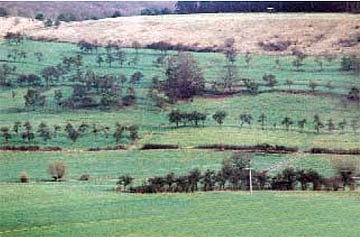
The orchards on the bottom of the Aarnescht leave their stamp on the landscape.
Fruit-growing has a long tradition in Luxembourg. The most frequent variety of nowadays had already been cultivated during Roman time, who also introduced winegrowing in our regions. The Romans most often planted the fruit trees in their garden or not far from their houses. It is only in the 16th century that orchards and wine yards begin to spread over open land and form a prominent element in the general cultural landscape. In the community of Niederanven, fruit growing has a long tradition. In the 19th century, when the paper mills had to close, many of their workers could be reemployed in the fruit growing sector. On the Aarnescht an important part of the buffer area (zone B) is constituted by orchards.
Why the orchards should be preserved
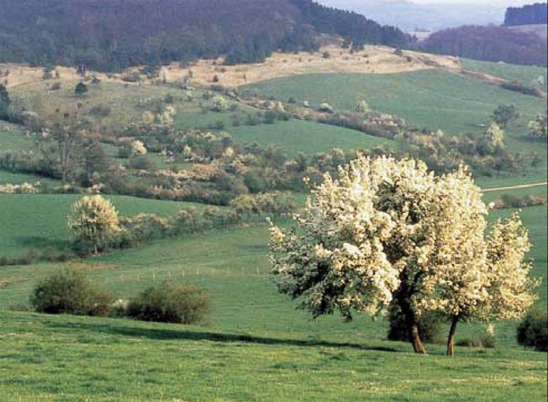
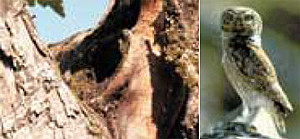
The Little Owl lives in the old caves of the fruit trees.
The orchards are forming an important part of the regional landscape.
They integrate with harmony the surrounding landscape into the dwelling area, they improve the local climate, protect the slope grounds from erosion and the grazing cattle from wind and rain.
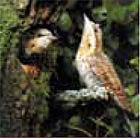
The Eurasian Wryneck is a typical species of the orchard.
But they also form for many different kinds of animals a protective biotope.
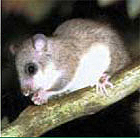
The Edible Dormouse lives in the grottos.
More than 2000 different fauna species (of those 90% insects) are living in the orchard, forming a very important biotope with its trees and ground.
The characteristic bird species of the orchard are the Little Owl and the Eurasian Wryneck, belonging to the species of the woodpeckers. The Garden Dormouse, the Hazel Dormouse or butterfly species like the Brown Hairstreak and the Leopard Moth.
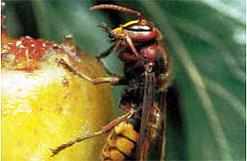 |
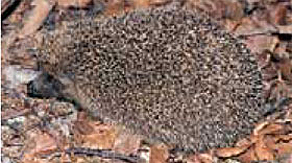 |
| In autumn the fruit is a major food source for most kinds of insects. | The hedgehog finds its food on the ground. |
